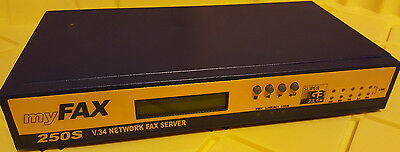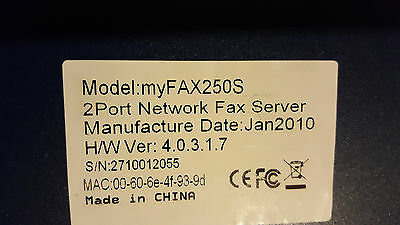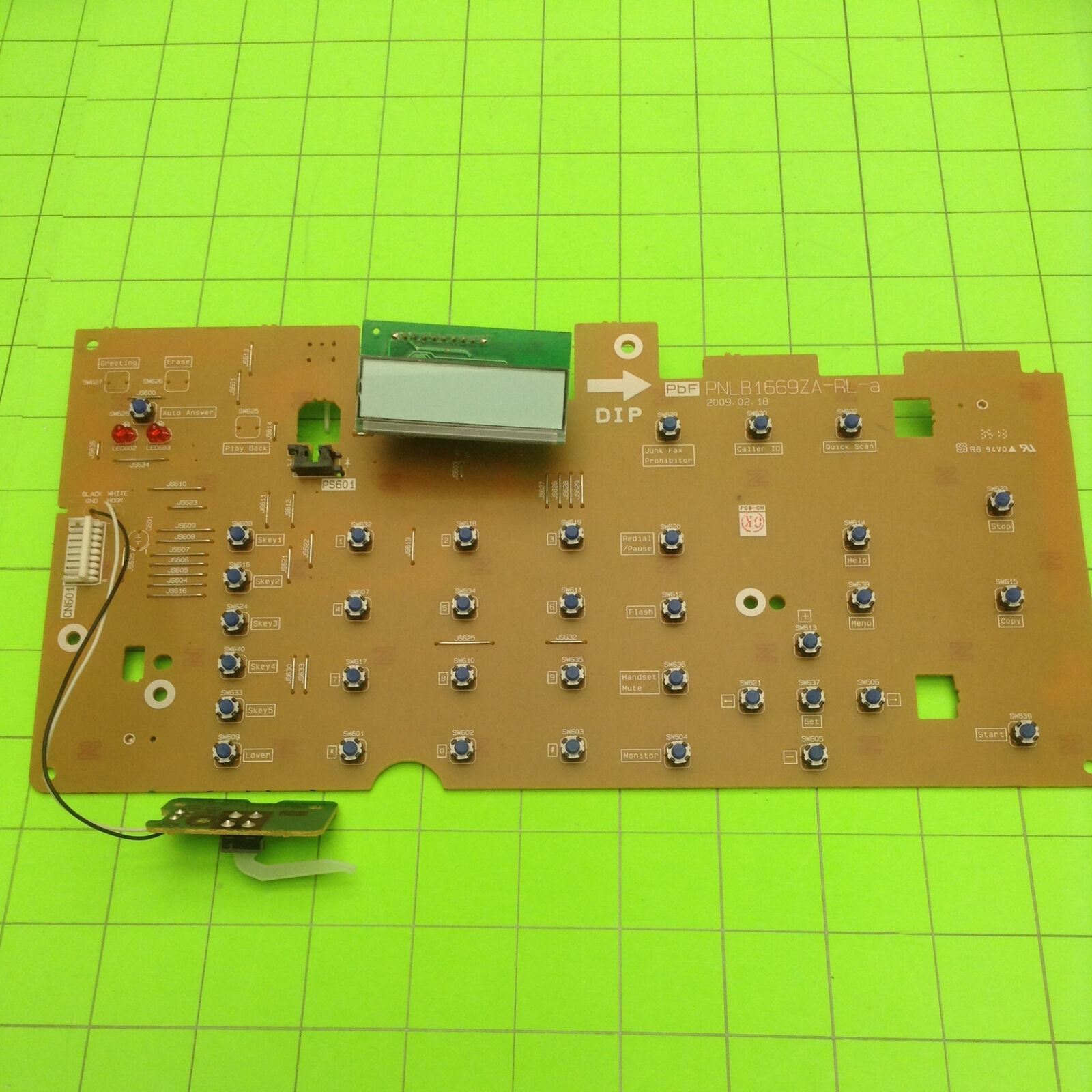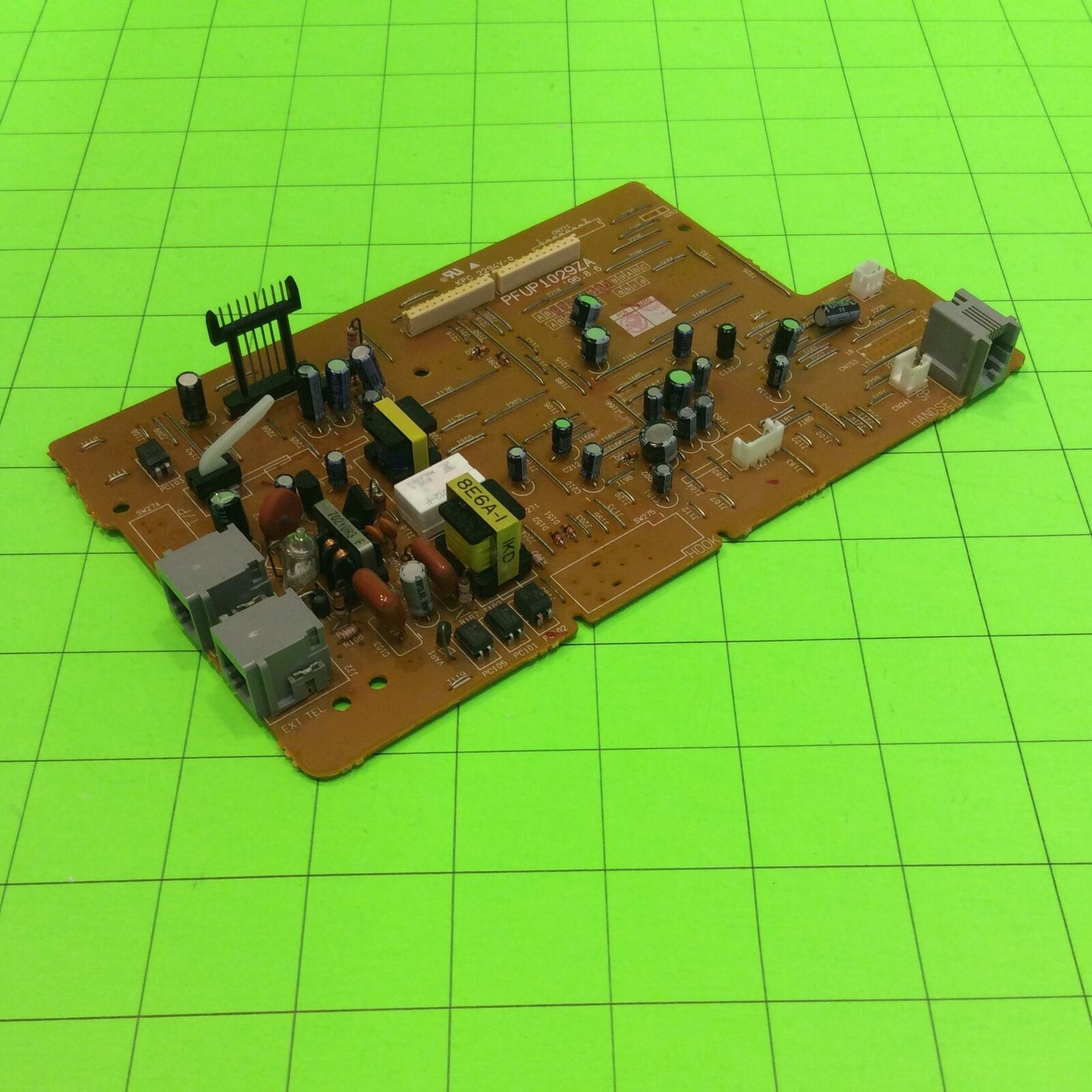-40%
Fax Server myFAX 250 digital Network Fax Server Email to Fax,Fax to Folder,POP3
$ 290.39
- Description
- Size Guide
Description
How does myFAX routing work(myFAX250S)myFax Server is a easy to install network fax server, It was designed for home and business use, and comes with all hardware and software to allows you to send and receive faxes in a network environment by using a public phone line.
myFAX Main Features:
Fax2email
Print to Fax
Fax Broadcast
Email2Fax
Virtual fax extension
Incoming fax Automatic Routing
Easy Install and Cost Effectively
Super G3 High Fax Speed
A key ability for Network fax packages is usually to be in the position to determine the correct person who receiving an incoming fax. myFax Server can achieve this by following ways
Virtual Extension/ DID routing
myFax Server provides every user a special Extension number, once you enable the Virtual Extension function, the device operate in following way.
1. The caller dials the fax number and waits before the call is answered.
2. myFax Server will paly a welcome message. And after that the caller/PBX should go into the extension number.
3. The myFax Server will recognize the extension number and employ it to recognize the recipient of the fax Virtual Extension routing is most regularly applied in conjunction with a PBX which supports DID/DTMF conversion. In such a case, you can utilize excess DID lines through the PBX to route the fax to an extension. The PBX will convert the DID tones to DTMF and forward them to myFax Server after playing welcome message. Most typical PBXs support the conversion from DID to DTMF.
Line Routing
Line routing - line routing allows to assign an actual fax line to a user. For instance, if your office had 4 facsimile machines in each department, you could employ those 4 fax lines myFax Server to route the faxes to every department in accordance with the number on which it was received.
CSID routing
CSID (Caller Sender Identification) depends on the FAX ID, which each FAX machine/FAX server displays when sending a fax. While it rarely changes, you can use it to recognize the sender as well as the related recipient.
CID routing
CID(Caller ID), the sender’s fax number, you can use it to recognize the sender and therefore the related recipient.
Manual routing
When no recipient can be determined for a faxserver, the faxes are routed to a designated mailbox, in which the inbound fax router (a person designated to route faxes) can observe the fax and choose the correct recipient. This mailbox could be the mailbox of a particular user, or it could be an Exchange public folder.












